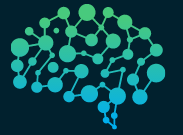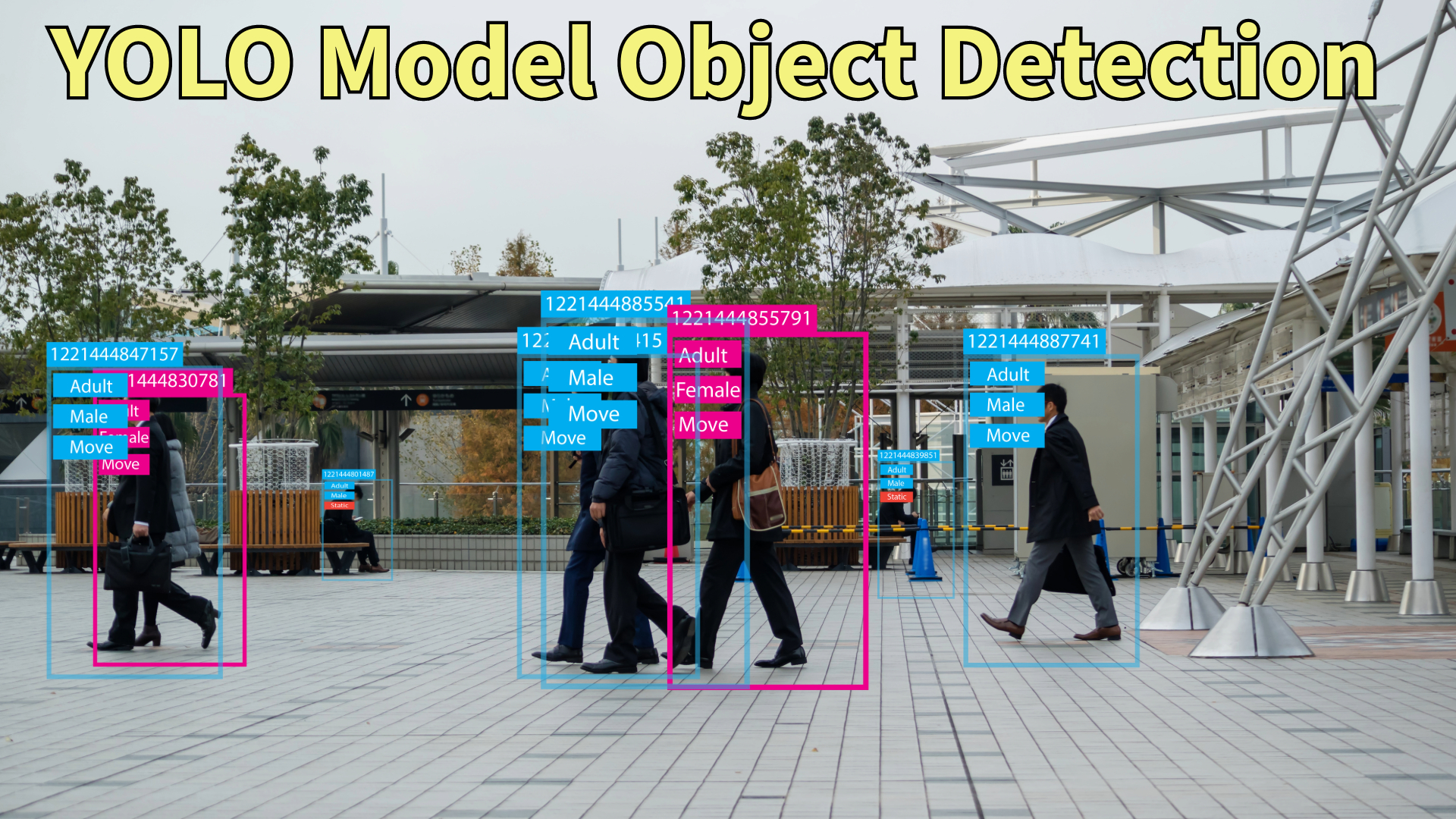YOLO Model (You Only Look Once )
YOLO Model:In the dynamic field of computer vision, the You Only Look Once (YOLO) model has emerged as a game-changer in object detection. This revolutionary approach has transformed the way machines recognize and locate objects within images and videos. In this comprehensive exploration, we will unravel the intricacies of YOLO, delving into its architecture, the underlying principles, and its far-reaching applications.
I. Evolution of Object Detection Models
A. Historical Context
Traditional object detection methods have come a long way, but they faced limitations in terms of speed and accuracy. These models often required multiple passes through an image, making real-time applications challenging.
B. Rise of YOLO
YOLO marked a paradigm shift by introducing a single-pass approach to object detection. The motivation behind this innovation was to streamline the detection process and achieve real-time processing capabilities.
II. YOLO Architecture
A. Single-Pass Processing
YOLO’s distinctive feature is its ability to perform object detection in a single pass through the input image. This not only enhances speed but also simplifies the overall architecture.
B. Grid-based Detection
The input image is divided into a grid, with each grid cell responsible for predicting objects within its boundaries. This grid-based approach facilitates simultaneous detection across the entire image.
C. Bounding Box Predictions
YOLO predicts bounding boxes using five values: (x, y) coordinates representing the box’s center, width (w) and height (h) of the box, and a confidence score indicating the model’s certainty about the box containing an object.
D. Class Predictions
For each bounding box, YOLO predicts class probabilities, enabling the model to identify the category of the detected object. This unified approach to localization and classification simplifies the architecture.
E. Non-Maximum Suppression (NMS)
To refine the output and eliminate redundant bounding box predictions, YOLO employs NMS as a post-processing step. This ensures that the final output contains only the most confident predictions.
III. Training YOLO
A. Dataset Preparation
Preparing a diverse and well-annotated dataset is crucial for training YOLO effectively. The challenges and considerations in dataset preparation contribute significantly to the model’s performance.
B. Loss Function
The loss function in YOLO strikes a balance between localization and classification losses, optimizing the model for accurate predictions during training.
C. Transfer Learning
Transfer learning plays a pivotal role in YOLO’s training process. Leveraging pre-trained models and fine-tuning them for specific applications enhances the model’s efficiency.
IV. Real-world Applications
A. Autonomous Vehicles
YOLO’s real-time processing capabilities make it a key player in enhancing object detection for autonomous vehicles. The model’s efficiency contributes to the safety and reliability of self-driving cars.
B. Surveillance Systems
In surveillance, YOLO excels in live video analysis, providing security enhancements through efficient and rapid object detection.
Must Read..
How to Integrate IP Camera in YOLO8 Model: A Comprehensive Guide for Enhanced Object Detection
C. Healthcare
The application of YOLO in medical imaging has the potential to revolutionize disease detection and diagnosis, contributing to improved healthcare outcomes.
V. YOLO’s Impact on Computer Vision
A. Advantages and Limitations
Comparing YOLO to traditional models reveals its strengths, such as real-time processing, but also sheds light on areas for improvement.
B. Future Developments
As technology advances, ongoing research in object detection continues. The future may bring forth new iterations of YOLO or entirely novel approaches, further shaping the landscape of computer vision.
Conclusion
The You Only Look Once (YOLO) model has not only redefined object detection but has also set a benchmark for real-time, efficient, and accurate visual recognition systems. This exploration has covered the architecture, training process, and applications of YOLO, showcasing its impact across diverse industries. As we navigate the ever-evolving realm of computer vision, YOLO remains a cornerstone, promising continued breakthroughs and innovations on the horizon.

